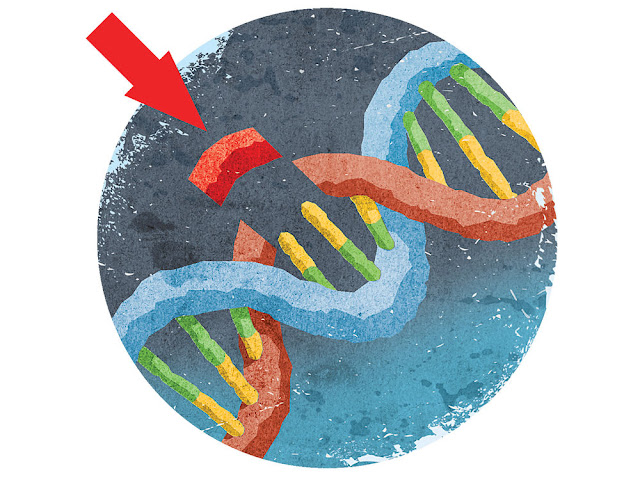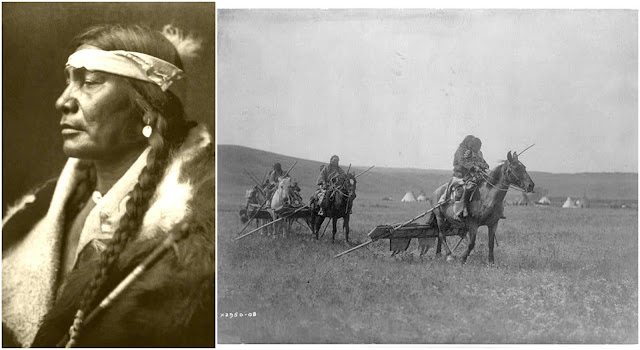 |
| Credit: JooJoo41/Pixabay |
Researchers have coined this trend the 'anti-enlightenment movement', and there's been a lot of frustration and finger-pointing over who or what's to blame. But a team of psychologists has identified some of the key factors that can cause people to reject science - and it has nothing to do with how educated or intelligent they are.
In fact, the researchers found that people who reject scientific consensus on topics such as climate change, vaccine safety, and evolution are generally just as interested in science and as well-educated as the rest of us.
 |
| City climate change Credit: NASA Climate Change |
The issue is that when it comes to facts, people think more like lawyers than scientists, which means they 'cherry pick' the facts and studies that back up what they already believe to be true.
So if someone doesn't think humans are causing climate change, they will ignore the hundreds of studies that support that conclusion, but latch onto the one study they can find that casts doubt on this view. This is also known as cognitive bias.
"We find that people will take a flight from facts to protect all kinds of belief including their religious belief, their political beliefs, and even simple personal beliefs such as whether they are good at choosing a web browser," said one of the researchers, Troy Campbell from the University of Oregon.
"People treat facts as relevant more when the facts tend to support their opinions. When the facts are against their opinions, they don't necessarily deny the facts, but they say the facts are less relevant."
This conclusion was based on a series of new interviews, as well as a meta-analysis of the research that's been published on the topic, and was presented in a symposium called over the weekend as part of the Society for Personality and Social Psychology annual convention in San Antonio.
The goal was to figure out what's going wrong with science communication in 2017, and what we can do to fix it.
The research has yet to be published, so isn't conclusive, but the results suggest that simply focussing on the evidence and data isn't enough to change someone's mind about a particular topic, seeing as they'll most likely have their own 'facts' to fire back at you.
"Where there is conflict over societal risks - from climate change to nuclear-power safety to impacts of gun control laws, both sides invoke the mantel of science," said one of the team, Dan Kahan from Yale University.
Instead, the researchers recommend looking into the 'roots' of people's unwillingness to accept scientific consensus, and try to find common ground to introduce new ideas.
So where is this denial of science coming from? A big part of the problem, the researchers found, is that people associate scientific conclusions with political or social affiliations.
New research conducted by Kahan showed that people have actually always cherry picked facts when it comes to science - that's nothing new. But it hasn't been such a big problem in the past, because scientific conclusions were usually agreed on by political and cultural leaders, and promoted as being in the public's best interests.
Now, scientific facts are being wielded like weapons in a struggle for cultural supremacy, Kahan told Melissa Healy over at the LA Times, and the result is a "polluted science communication environment".
So how can we do better?
"Rather than taking on people's surface attitudes directly, tailor the message so that it aligns with their motivation," said Hornsey. "So with climate skeptics, for example, you find out what they can agree on and then frame climate messages to align with these."
The researchers are still gathering data for a peer-reviewed publication on their findings, but they presented their work to the scientific community for further dissemination and discussion in the meantime.
Hornsey told the LA Times that the stakes are too high to continue to ignore the 'anti-enlightenment movement'.
"Anti-vaccination movements cost lives," said Hornsey. "Climate change skepticism slows the global response to the greatest social, economic and ecological threat of our time."
"We grew up in an era when it was just presumed that reason and evidence were the ways to understand important issues; not fear, vested interests, tradition or faith," he added.
"But the rise of climate skepticism and the anti-vaccination movement made us realise that these enlightenment values are under attack."
Other articles on the same theme:
Story source:
The above post is reprinted from materials provided by Sciencealert . Note: Materials may be edited for content and length.


























